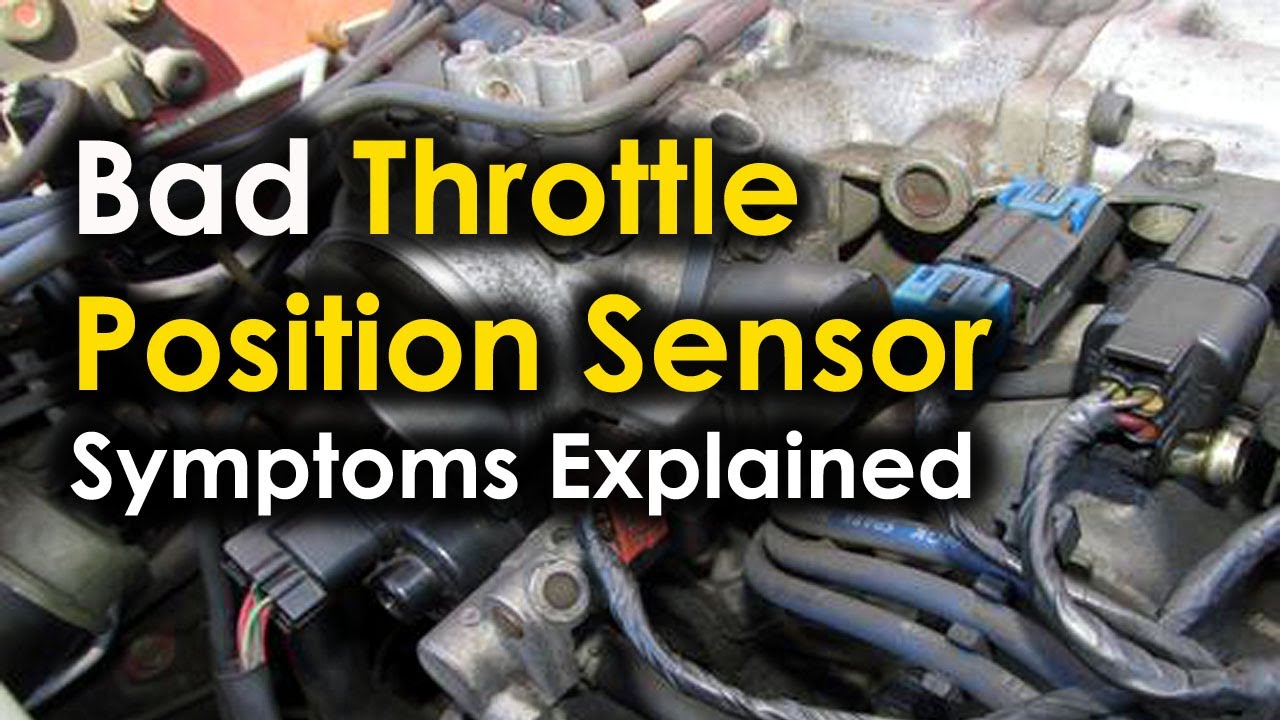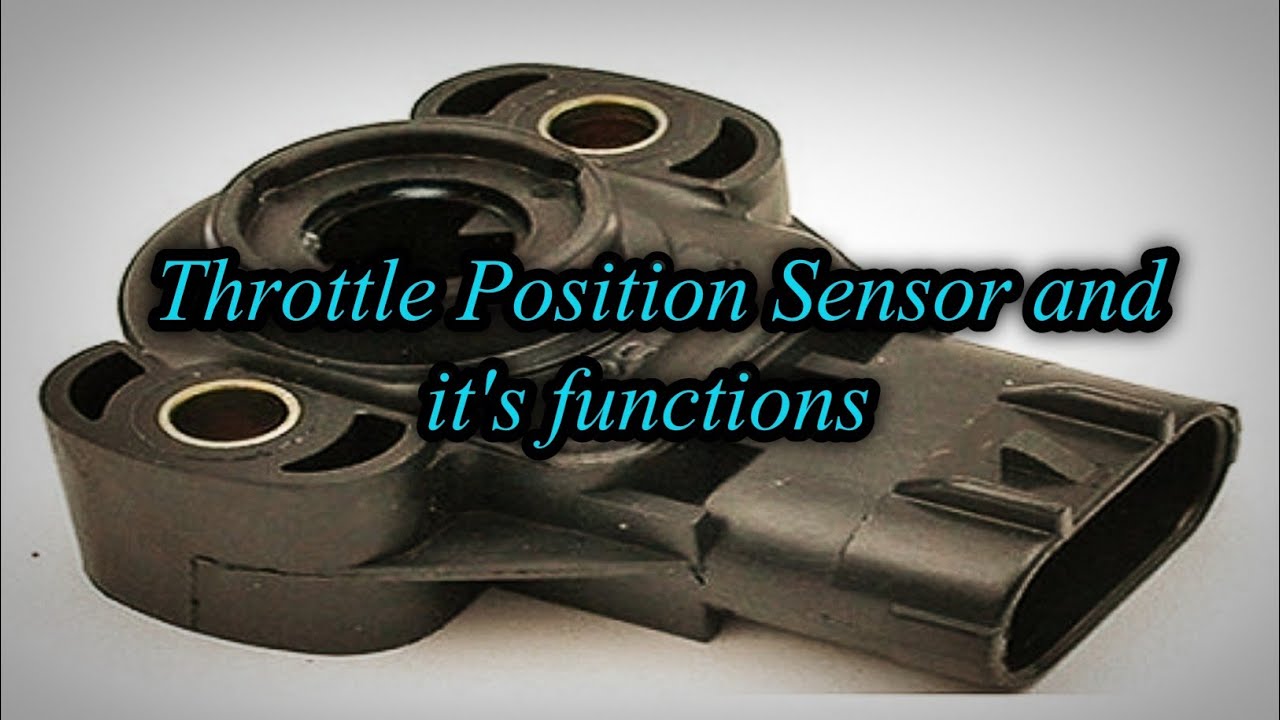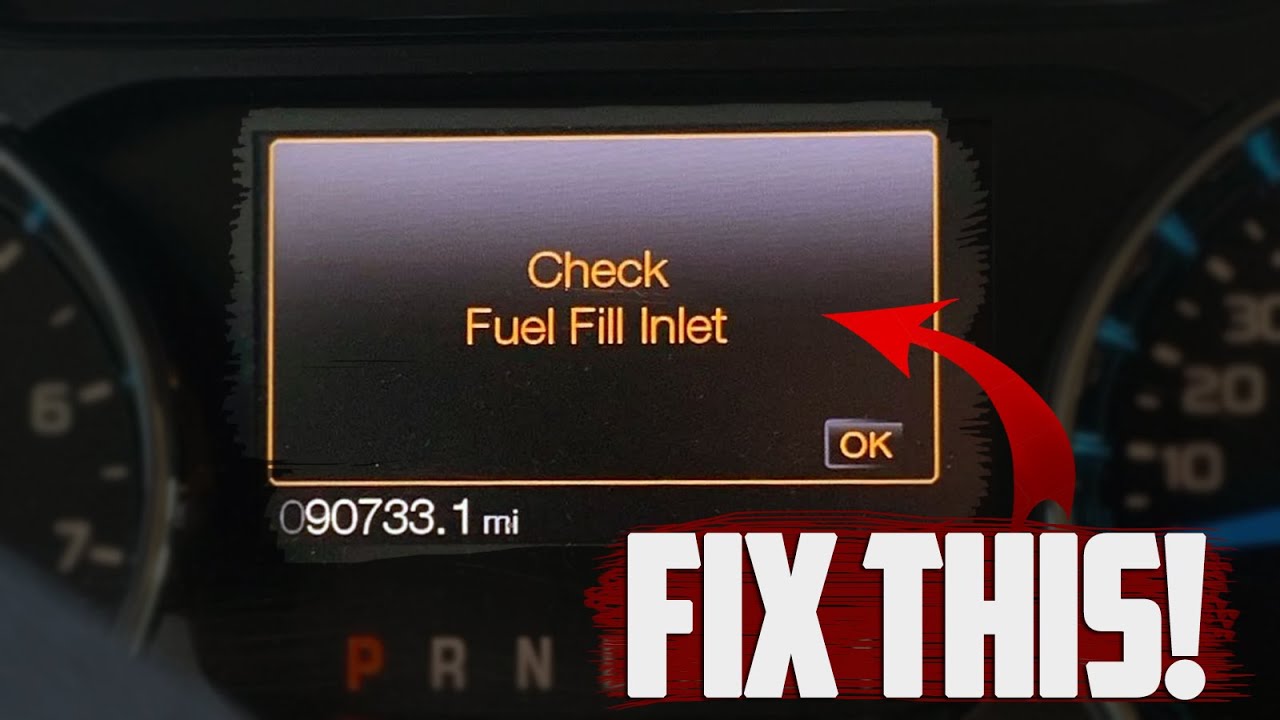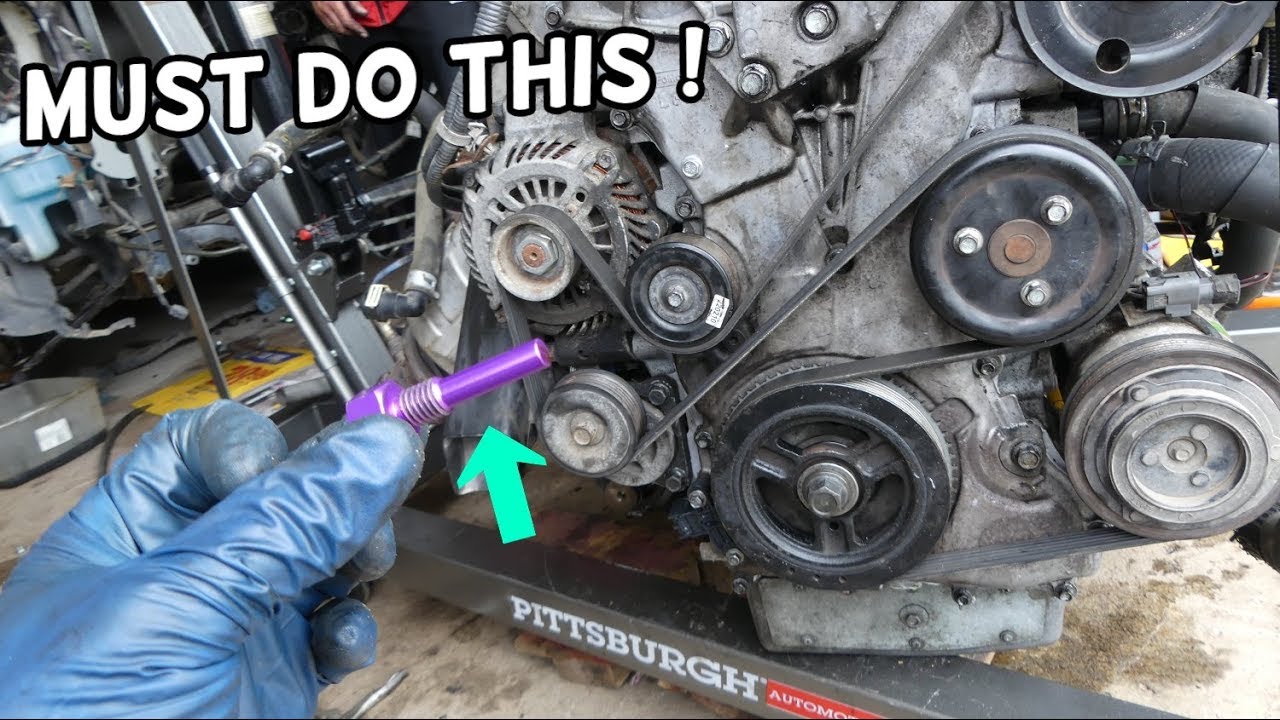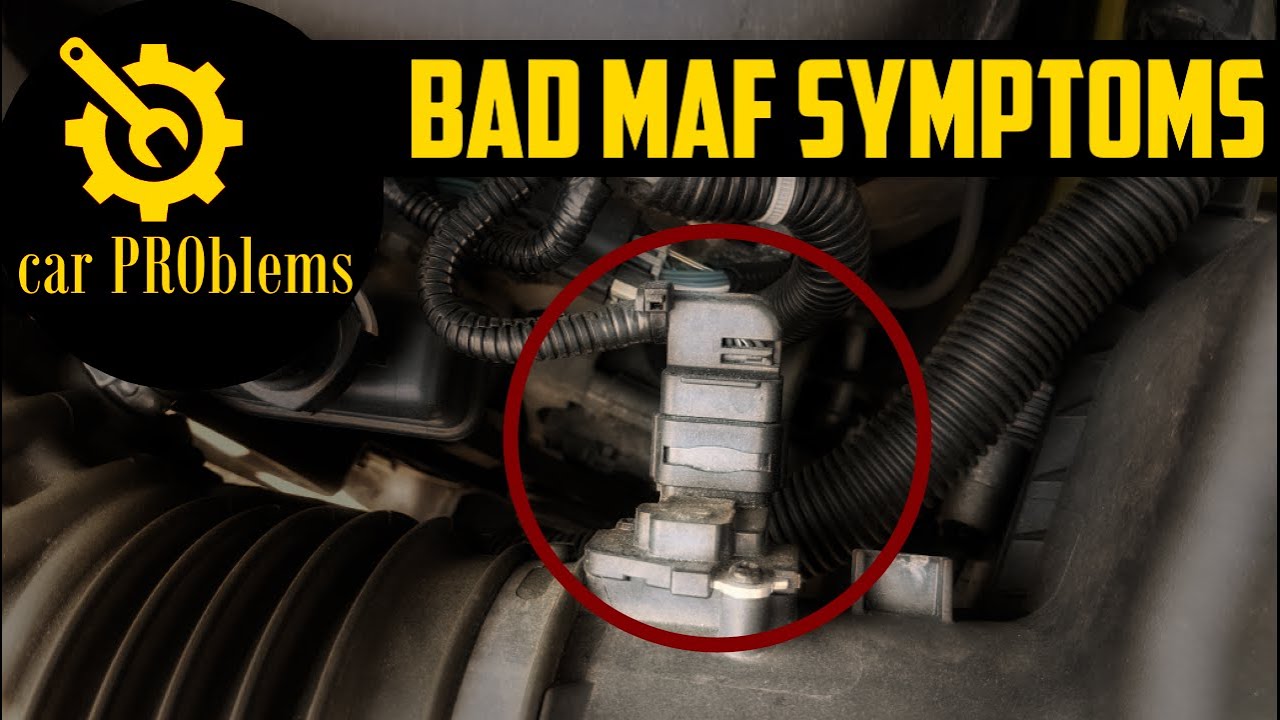Experiencing erratic accelerations or rough idles in your car? These could be red flags of a bad Throttle Position Sensor (TPS). Understanding the signs and knowing how to address them is crucial to keep your car running smoothly. This article dives into the common symptoms of a malfunctioning TPS and guides you through a hassle-free fix!
But what are the symptoms of a bad throttle position sensor?
Lack of acceleration power, a rough or sluggish idle, stalling, difficulty shifting into higher gears, and the illumination of the Check Engine Light are all common signs of a bad throttle position sensor.
Let’s get into the details of the symptoms and how to fix them. But before that, we need to know how does the throttle position sensor work.
How Does a Throttle Position Sensor Work?
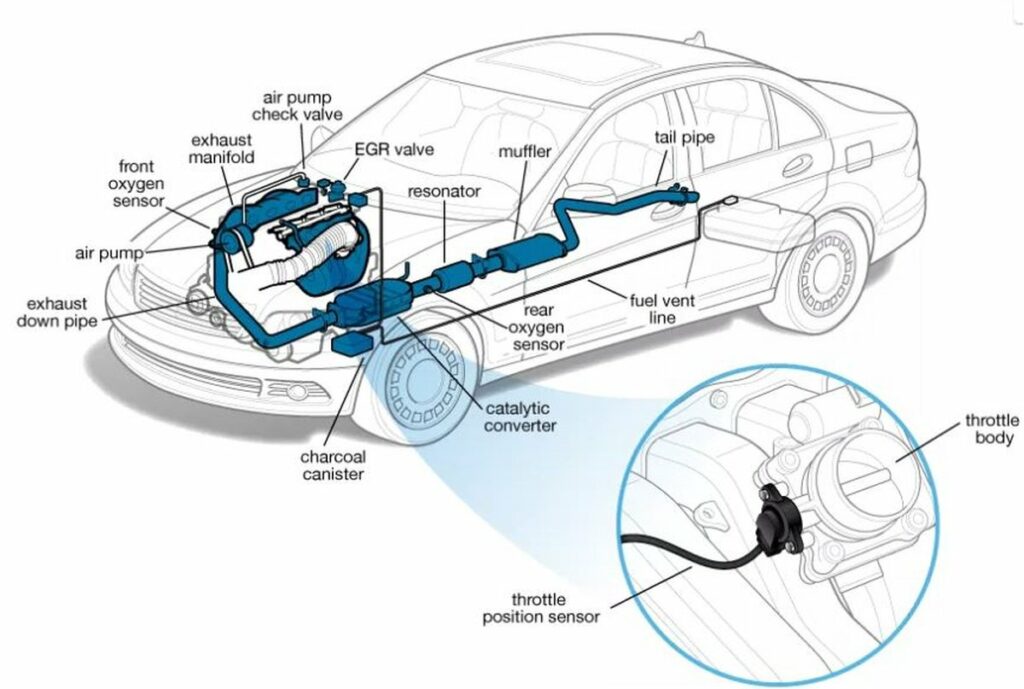
Throttle position sensors used to be physically affixed to the throttle and would track its position via that contact in the “old days.” Recent technological developments have enabled the sensors to function without requiring touch with the throttle.
Sometimes, the throttle position sensor (TPS) performs its function via what is known as the “Hall Effect,” which includes magnetic fields that change when the throttle is opened and closed. The sensor detects these variations and interacts with the ECM to establish the precise throttle position.
This is how the computer in your car decides how much gasoline to feed to the engine at any given time. This is a simplified procedure, which may vary from brand to brand and model to model.
Common Symptoms of a Bad Throttle Position Sensor
The vehicle’s throttle body won’t operate correctly if a TPS malfunctions. It might either refuse to close correctly or remain closed, which is a severe problem. Your engine won’t start if it remains closed since it won’t get any air. Your car will get too much air while the throttle is stuck open, resulting in a high or variable idle.
So, how can you know if your throttle position sensor is faulty? These are some frequent indications of a malfunctioning throttle position sensor to look out for:
1. The car won’t accelerate, no power
A defective throttle position sensor prevents the engine control unit from managing the throttle position effectively. This will prevent the engine from receiving the right quantity of air. Under these situations, if you attempt to accelerate your car, the acceleration will be quite poor.
You’ll be fortunate to move the car quicker than 30 miles per hour. This will lead you to burn much gasoline, diminishing your vehicle’s fuel efficiency.
2. Engine Rough Idling
Another red flag of a deteriorating TPS is if you notice engine misfires, stalling, or harsh idling while the vehicle is stopped. You need to have this looked out right away! If the idling seems abnormal, the computer is unable to recognize the completely closed throttle. The engine might stall at any point due to incorrect input from the TPS.
3. Check engine light is on
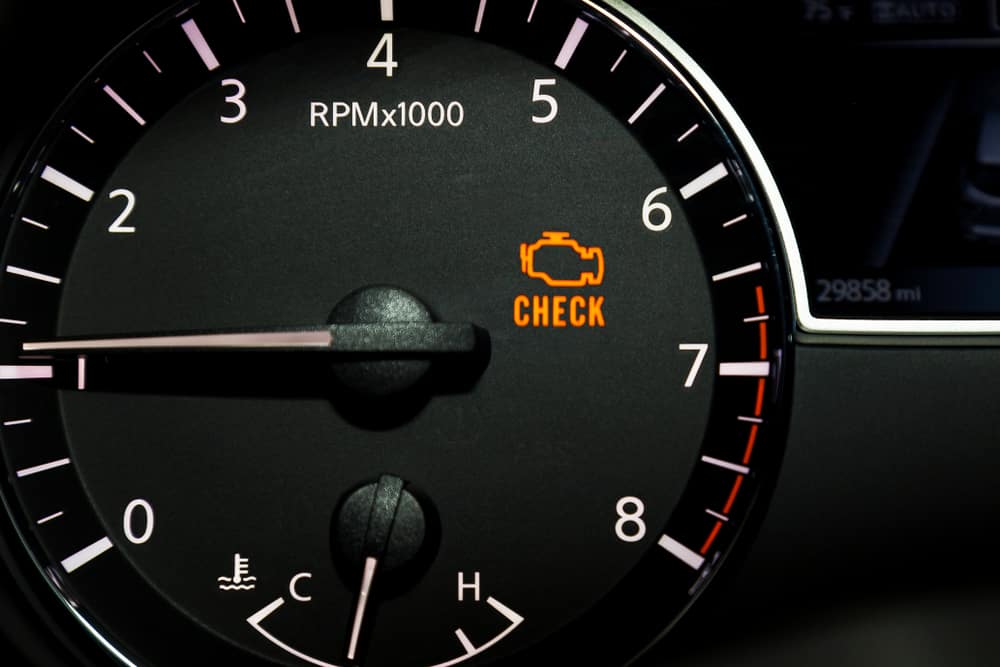
The engine warning light being on is one of the easiest signs that a car’s TPS is failing. Be aware that several different problems might cause the check engine light to come on, and there’s even a potential that it’s a false reading. Borrow an OBD-II reader and do a system check to be sure.
4. Service Light Signaling
Several factors may cause the service light to illuminate, but a faulty throttle position sensor is one of them. While a defective sensor does not always cause the automobile to erupt while driving, it is a significant problem for you and your car.
5. Excess Fuel Consumption
Inaccurate readings from the throttle position sensor may result in less fuel delivered into the combustion chamber since it significantly determines the right air/fuel mixture for burning. This will result in a rich air/fuel ratio and low efficiency.
Also, the TPS’s reliable measurements are necessary for other sensors. Those sensors often make up for insufficient or excessive airflow when that doesn’t happen. Usually, having to go fill up on petrol more often than normal is the final consequence.
6. Your car goes into limp-home mode
Certain models’ engines may enter “limp-home mode” due to a broken or malfunctioning throttle position sensor. You will have less engine power in this scenario, and you can get stuck in a higher gear.
This safety function will enable you to leave the roadway and go a few more kilometers to the closest repair facility. When this happens, please don’t drive longer than necessary and make repairs immediately.
7. Gear shifting difficulties

Your automobile can have trouble changing gears with a malfunctioning throttle position sensor. You could have issues that indicate the car’s sensor isn’t functioning effectively while shifting up and down. If this is the only problem with your automobile, there probably is a gearbox issue. But, if this issue also affects acceleration, it may be a symptom of a broken throttle position sensor.
8. Abrupt bucking or jerking
When the throttle position sensor malfunctions, intermittent signals are transmitted to the engine’s computer. The impact of this will be comparable to when you quickly apply and release the gas pedal resulting in the car jerking.
9. Starting problems
An internal combustion engine takes more gasoline and oxygen to start than at idle or cruising speed. Due to the engine not receiving the proper quantity of gasoline, starting your automobile may be difficult, which is one potential sign of a malfunctioning throttle position sensor. If the problem is severe, your automobile won’t even turn on.
How To Replace a Throttle Position Sensor
Now that you have detected the main issue and you are sure it is a malfunctioning throttle position sensor, it’s time to replace it.

Step 1: Disconnect the Battery
Before you begin, detach the negative terminal cable from the battery. This will protect you from unpleasant shocks and damage to other components under the hood.
Step 2: Unplug the Old Sensor
When you’ve determined the location of the sensor, you should be able to unhook the cabling harness that connects it to the vehicle’s computer system. Unplug it carefully, paying attention to any clips or connectors that need to be moved.
Step 3: Remove Mounting Screws
You should be able to remove the screws that keep the sensor in place after it’s detached. Please keep them in mind if you need to reinstall the new one.
Step 4: Remove the Old Sensor
Pull out the old sensor and dispose of it according to local regulations.
Step 5: Mount and Screw In New Sensor
Reversing the process, screw in the new sensor from which the old one was pulled.
Step 6: Re-Plug Wiring Harness
Carefully re-plug the wiring harness into the new sensor, paying attention to clips and connectors that need to be aligned for proper installation.
Step 7: Reconnect Battery Cables
Reconnect the negative battery terminal. Congrats! The job is done!
Frequently Asked Questions
Can I Drive With A Bad Throttle Position Sensor?
A faulty throttle position sensor can result in an inability to shift up, a rough or sluggish idle, and a lack of acceleration power. Driving with these symptoms will endanger you and other drivers, so you should bring your vehicle to a mechanic immediately.
How Long Do TPS Sensors Last?
Batteries in TPS sensors are designed to last five years. They are integral to the sensor and cannot be replaced like batteries in a flashlight. Therefore, it is suggested that TPS sensors be replaced every five years.
I Don’t Have Time to Replace My Throttle Position Sensor. Can’t I Ignore It?
Do you like major, expensive repairs to your vehicle? Do you like breakdowns and unpredictable performance? We don’t think so. However, you shouldn’t ignore a bad TPS. It’s one thing that might not cause your car to not start in the morning, but having it break down on the highway is a whole different (and more dangerous issue) altogether.
How Much Does It Cost To Replace A Throttle Position Sensor?
The average replacement cost for a throttle position sensor ranges between $159 and $211. The price range for parts is between $98 and $133, while labor costs range between $61 and $78. The estimate does not include any fees or taxes. There are numerous TPS suppliers; therefore, it is essential that you choose not only a quality TPS but also one that is compatible with your vehicle.
